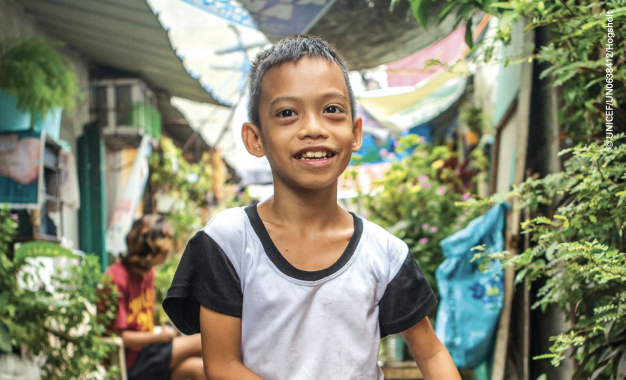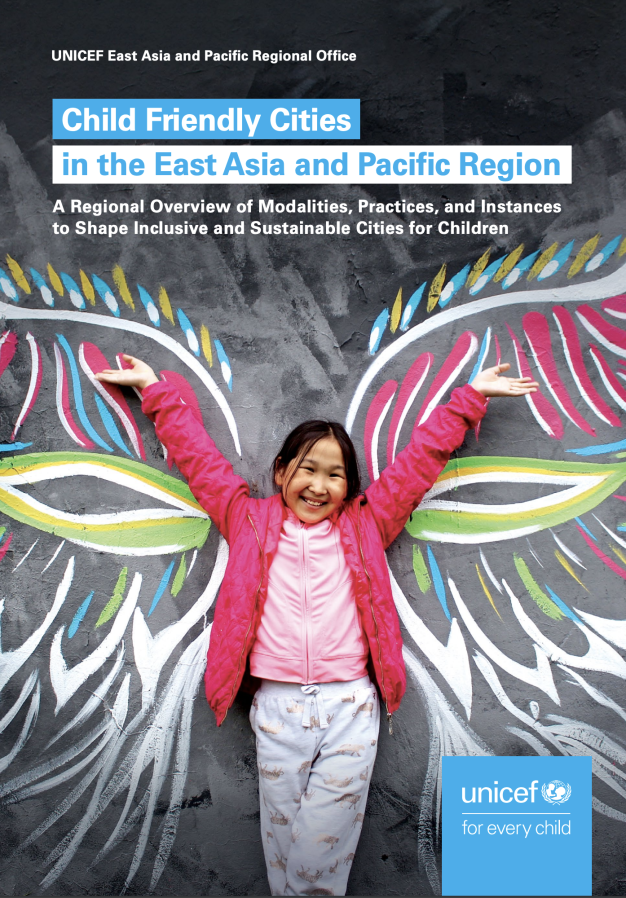
Child-Friendly Cities in East Asia – a UNICEF report
A report by children’s charity UNICEF highlights the partnership work going on in East Asia to advance its Child-Friendly Cities programme.
The UNICEF Child Friendly Cities Initiative (CFCI) has supported cities and communities in their commitment to implement the UN Convention on the Rights of the Child (CRC) and achieve results for all children.
This concept was first introduced in the East Asia and Pacific region by UNICEF in 1999, and the movement has grown to the extent that it now encompasses more than 150 cities across the region.
UNICEF says it works on ‘translating commitments into impactful actions for every child by actively engaging with mayors and local governments, considering the voices and needs of children, prioritising inclusive planning and financing, and facilitating participatory decision-making processes’.

Its report ‘Child Friendly Cities in the East Asia and Pacific Region: A Regional Overview of Modalities, Practices, and Instances to Shape Inclusive and Sustainable Cities for Children’ explores the various modalities, practices, and contexts in which East Asian governments, in collaboration with UNICEF, are working together to set up and build Child Friendly Cities.
Central to these strategies, it adds, ‘is the vision of shaping cities that are secure, inclusive, and sustainable, ensuring the holistic development, welfare, and safety of children’
The aim of the report is to strengthen child-friendly urban environments by sharing knowledge, strategies, and best practices. It shines a light on experiences from child-friendly cities in Malaysia, Mongolia, Viet Nam, China, the Philippines, and Indonesia.
UNICEF says that the ‘varying decentralization contexts of East Asian and Pacific countries show that there are different modalities to promote CFC to strengthen the realization of child rights locally’.
Writing in the report, Debora Comini, UNICEF Regional Director for East Asia and Pacific, says: “We engage with mayors and local governments. We give a platform to the voices and needs of children. We prioritise inclusive planning and facilitate participatory decision-making.
“While we draw inspiration from global practices and experiences, we must acknowledge and adapt to the uniqueness of each local context; each community, village, town, city, and megacity. This balance between global collaboration and local adaptation lies at the core of Child Friendly Cities,” she adds.
Summarizing, the report says: “The thematic focus and the nature of activities of CFC in the region vary from country to country, Malaysia, Mongolia, and Vietnam are currently implementing the CFCI. China, the Philippines, and Indonesia have national programmes inspired at various degrees by the CFCI.
“The report emphasises the crucial interplay between decentralisation and accountability in the Asian context. It underscores the need for tailored, localized approaches to child-friendly city initiatives while ensuring effective implementation and monitoring.”
The report is available here in PDF format.




